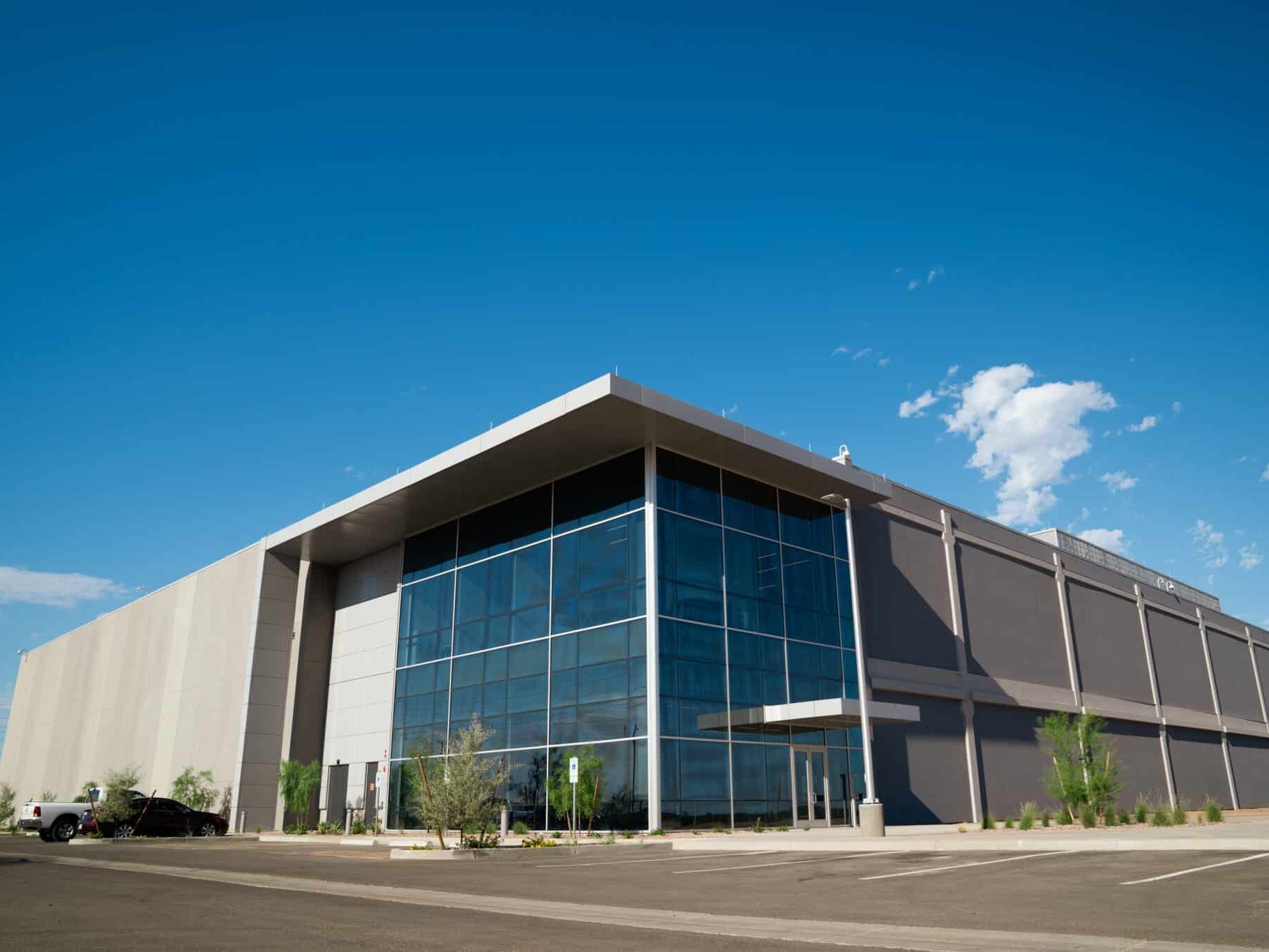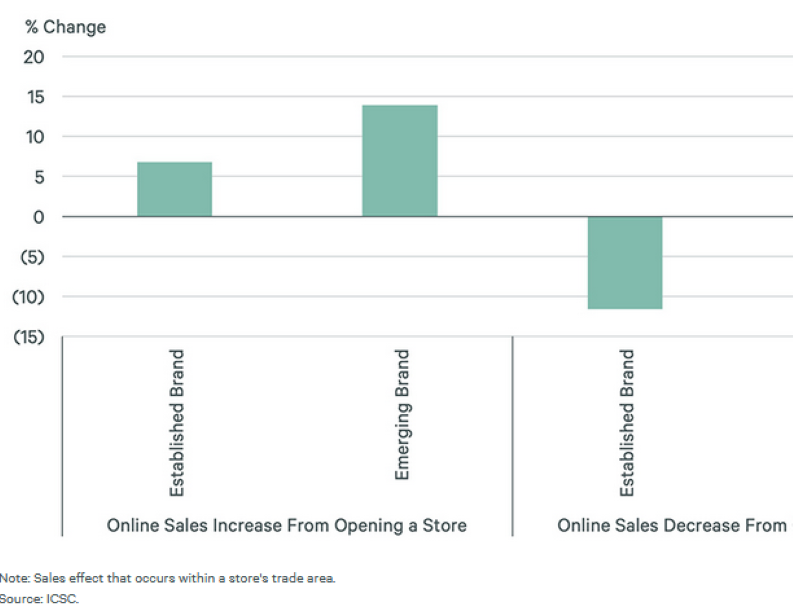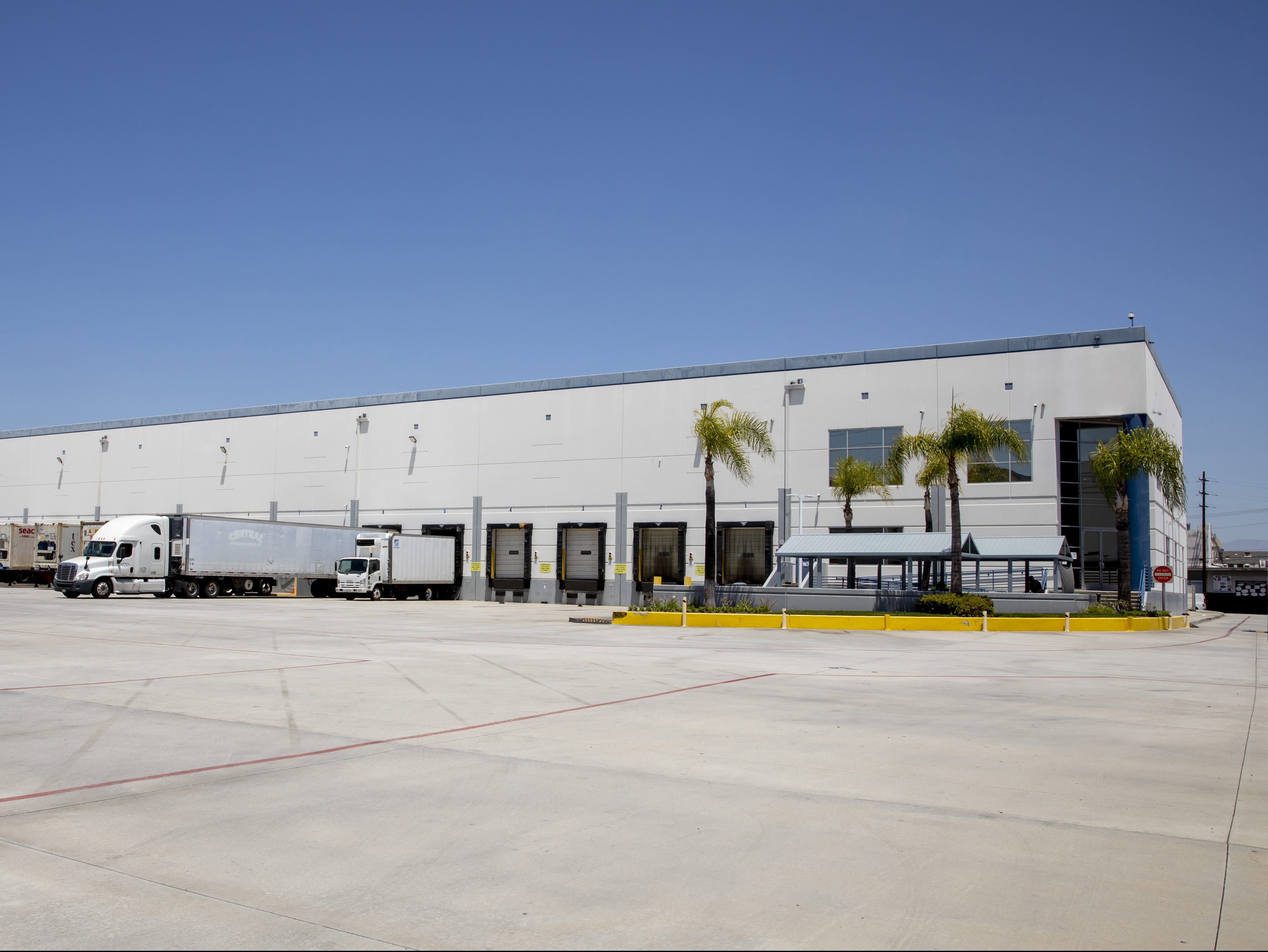Economy Watch: Pending Home Sales Spiked in March for Obvious Reasons
The National Association of Realtors said on Tuesday that its pending home sales index shot up during March by 5.3 percent, to 102.9. In February, the index stood at 97.7.
May 5, 2010
By Dees Stribling, Contributing Editor
The National Association of Realtors said on Tuesday that its pending home sales index shot up during March by 5.3 percent, to 102.9. In February, the index stood at 97.7.
The index is based on the volume of signed real estate contracts for existing single-family homes, condos and co-ops, and March was prime time for getting those contracts inked before the federal homebuyer tax credits expired. The credits are going to be a tough act for the housing industry to follow, but the NAR posited that home sales won’t collapse into a black hole now that the credit is gone. They’ll merely slow down some before finding their legs again.
Lawrence Yun, the NAR chief economist who can usually be counted on to be optimistic, noted in a statement: “Later in the second half of the year, and into 2011, home sales will likely become self-sustaining if the economy can add jobs at a respectable pace, and from a return of buyer demand as they see home values stabilizing.”
Green Street Tracks Rising CRE Values
Green Street Advisors reported on Tuesday that its Commercial Property Price Index rose by a fairly impressive 5 percent, all things considered for CRE. Property values have now risen by 20 percent since hitting a trough in May 2009, Green Street added, but they remain roughly 25 percent below the ’07 peak.
While transaction volume remains low, pricing on the transactions that have managed to close recently or which are in the works continues to surprise on the high side, according to Mike Kirby, Green Street’s director of research. “The rebound in pricing that began in earnest last fall has become more vigorous in recent months,” he said in a statement. “Sellers are feeling less pressure to act, the outlook for fundamentals has improved, well-capitalized buyers are plentiful, financing markets are recovering, and return requirements across capital markets have come down.”
U.S. CRE prices have now returned roughly to early 2005 levels, the report concludes. They remain well below the levels common during the two years after 2005, but except for underwater commercial mortgage holders, most of the commercial real estate industry probably isn’t pining for the return of inflated bubble pricing anyway.
Banks Don’t Want to Pay Fees
As a general rule, banks love fees — when applied to retail customers. They are less enthusiastic about a fee they would have to pay under the Obama administration’s proposal to built up a fund to pay for future TARP-like occasions — the “financial crisis responsibility fee,” as it’s styled.
“Besides the unfairness to pay for losses outside the banking industry, the bank tax proposed would have significant unintended consequences,” James Chessen, the chief economist at the American Bankers Association, told the Senate Finance Committee on Tuesday. “Payments of $90 billion to $117 billion (as proposed) mean that $90 billion to $117 billion cannot be used directly for lending. But even that does not begin to capture the impact on lending as $1 dollar in capital supports up to $10 dollars of new loans–thus the total impact could well be nearly $1 trillion in foregone credit.”
Up, down, up, down. Wall Street hasn’t been this volatile in a while. Tuesday witnessed a down swing in that volatility, with the Dow Jones Industrial Average losing 225.06 points, or 2.02 percent. The S&P 500 and the Nasdaq declined 2.38 percent and 2.98 percent, respectively.








You must be logged in to post a comment.